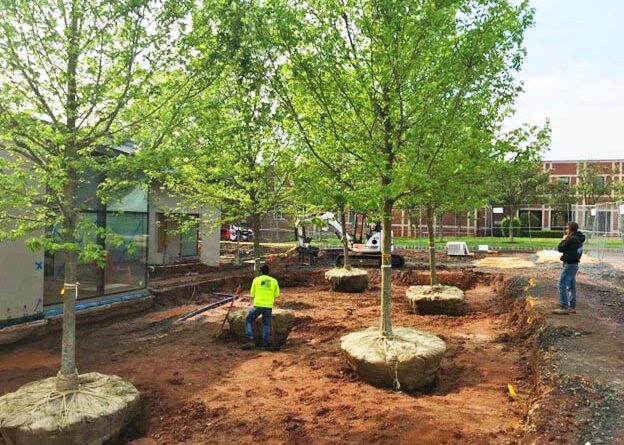Essential Steps for Successful Landscape Construction Projects
Embarking on a landscape construction project can transform outdoor spaces into beautiful and functional areas. Whether you’re designing a residential garden or a commercial outdoor space, following a structured approach is crucial for achieving successful results. Here are essential steps to guide you through the landscape construction process.
1. Define Your Goals and Objectives
Before starting any project, clearly define your goals and objectives. Consider the purpose of the landscape: Is it for recreation, aesthetics, or environmental benefits? Identify specific features you want, such as gardens, patios, pathways, or water elements. Establishing a clear vision will guide all subsequent decisions.
2. Conduct a Site Analysis
Understanding the characteristics of your site is vital. Conduct a thorough site analysis that includes:
- Soil Quality: Test soil conditions to determine pH, drainage, and nutrient levels.
- Climate and Weather Patterns: Assess local climate conditions, including temperature, rainfall, and sunlight.
- Existing Features: Take note of existing trees, structures, and topography that may influence your design.
3. Create a Detailed Design Plan
A well-thought-out design plan is crucial for the success of your project. Work with a landscape architect or designer to create a detailed plan that includes:
- Site Layout: Draft a scale drawing that outlines all features and elements.
- Plant Selection: Choose appropriate plants based on your site’s climate, soil conditions, and aesthetic preferences.
- Materials: Select materials for hardscapes, such as patios, paths, and walls.
4. Develop a Budget
Creating a realistic budget is essential for keeping your project on track. Consider all costs involved, including materials, labor, permits, and maintenance. Allocate funds for unexpected expenses, and prioritize your spending based on your design plan. This will help prevent financial surprises during construction.
5. Obtain Necessary Permits
Before starting construction, check with local authorities to determine if you need permits for your project. This may include zoning permits, building permits, or environmental assessments. Securing the necessary approvals is vital to ensure compliance with regulations and avoid future legal issues.
6. Prepare the Site
Site preparation is a crucial step that involves clearing the area of debris, rocks, and vegetation. Depending on your project, this may include:
- Grading and Drainage: Ensure proper grading for water drainage to prevent flooding and erosion.
- Soil Preparation: Amend the soil as needed to create optimal growing conditions for plants.
7. Implement Hardscape Features
Once the site is prepared, begin installing hardscape elements, such as:
- Patios and Walkways: Lay pavers, bricks, or concrete to create functional pathways.
- Walls and Fences: Construct retaining walls or fences to define boundaries and provide structure.
8. Plant Installation
After the hardscape is in place, it’s time to install plants and landscaping features. Follow these tips for successful planting:
- Timing: Plant during the appropriate season for your region to ensure optimal growth.
- Spacing: Adhere to spacing guidelines to promote healthy growth and prevent overcrowding.
- Mulching: Apply mulch to retain moisture, suppress weeds, and improve soil quality.
9. Establish an Irrigation System
A reliable irrigation system is essential for maintaining your landscape. Consider options such as:
- Drip Irrigation: Provides targeted watering to reduce water waste.
- Sprinkler Systems: Offers broader coverage for larger areas.
Install the irrigation system before finalizing your landscape to ensure all plants receive adequate water.
10. Maintenance and Care
Once your landscape construction project is complete, ongoing maintenance is crucial for its longevity. Establish a maintenance plan that includes:
- Regular Watering: Ensure plants receive appropriate moisture levels.
- Weeding and Pruning: Keep the landscape tidy and promote healthy plant growth.
- Seasonal Care: Prepare for seasonal changes by addressing winterizing or spring planting needs.
Conclusion
Successfully executing a landscape construction project requires careful planning, execution, and ongoing maintenance. By following these essential steps, you can create an outdoor space that not only enhances the beauty of your property but also meets your functional needs. With a thoughtful approach and attention to detail, your landscape can flourish for years to come.




